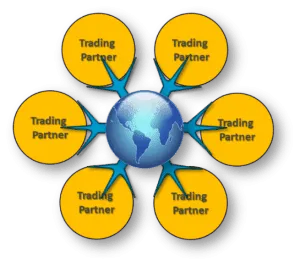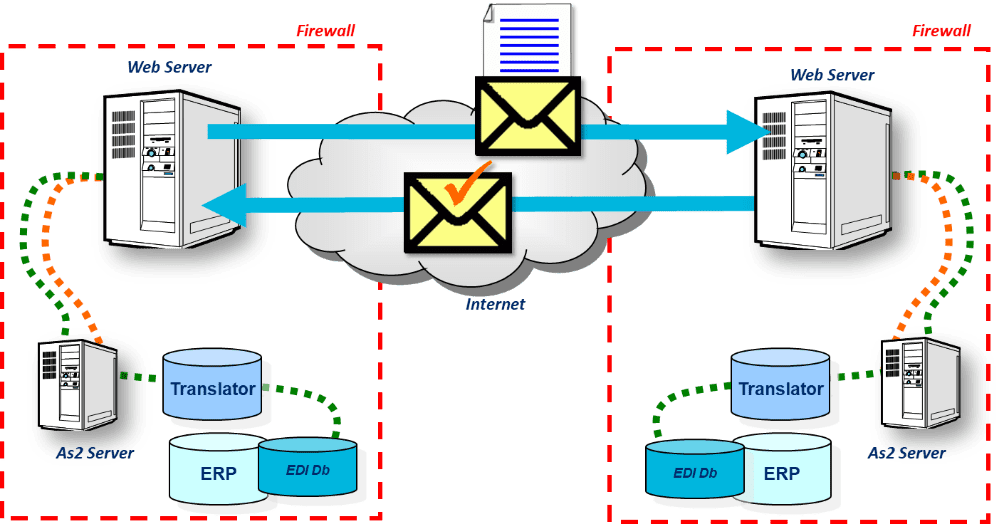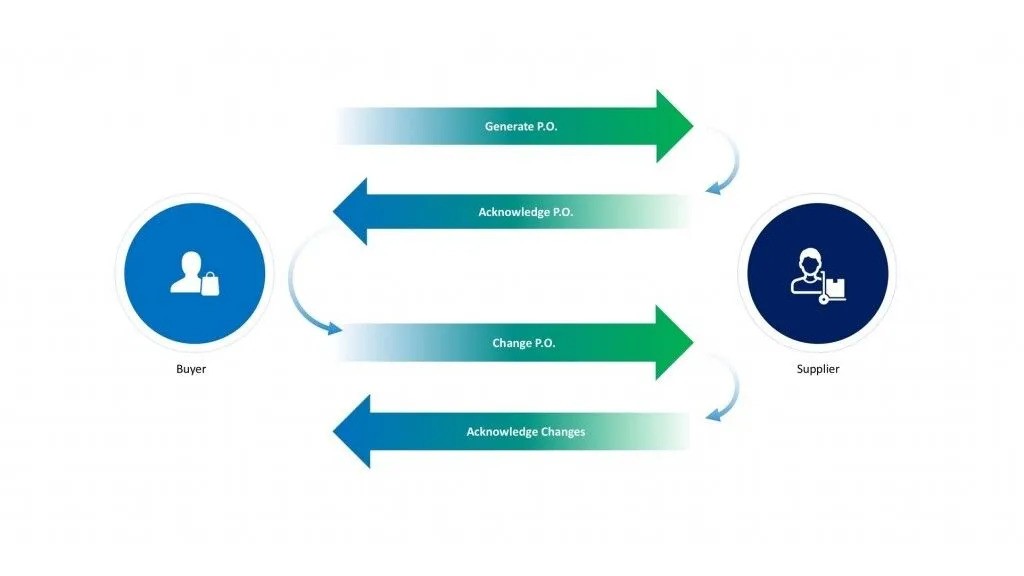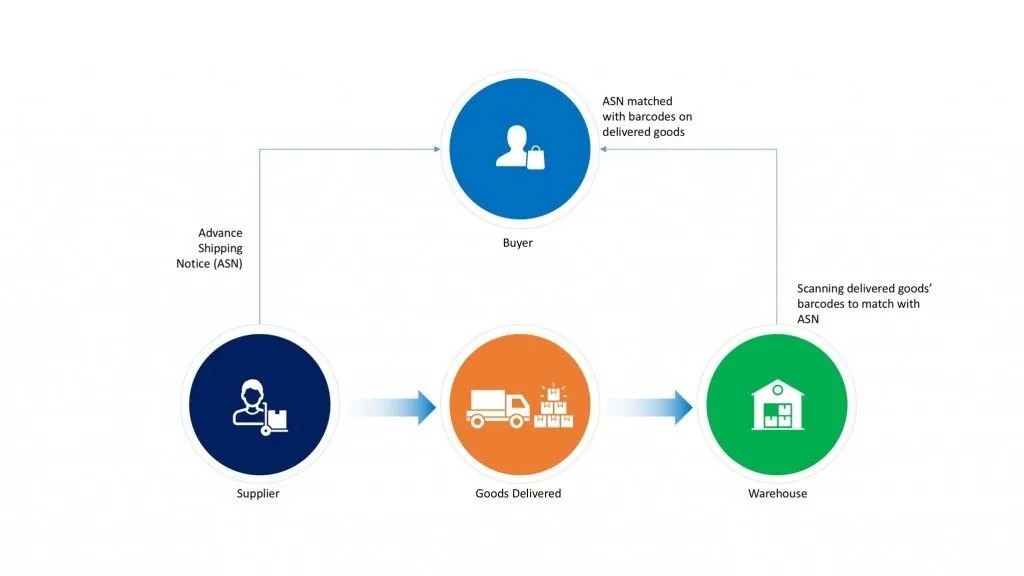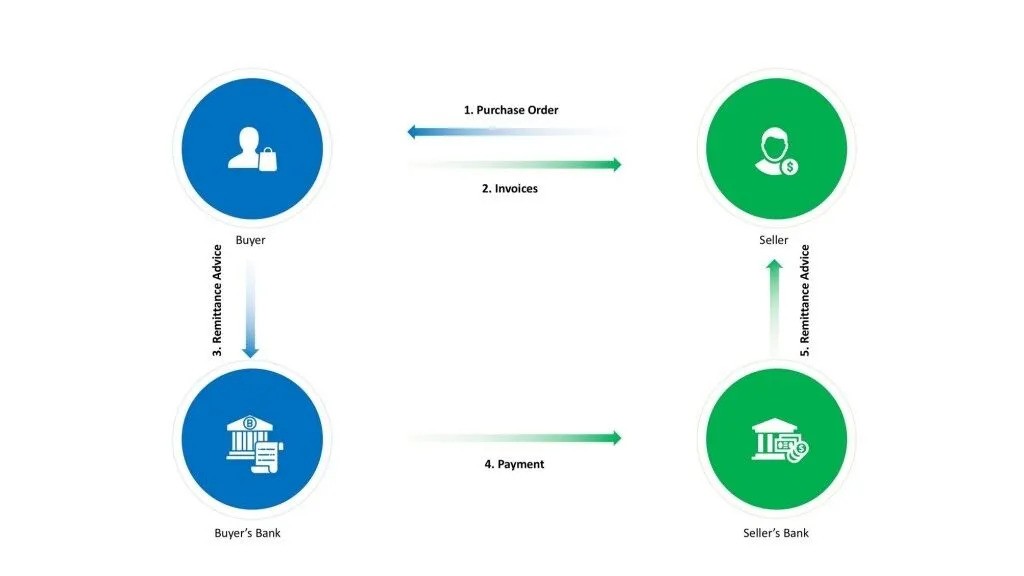In football, a good team chemistry is key to gaining a winning advantage over the opposition. Your opponents, on the other hand, will pull out all the stops to stand in between your team and victory. In such a fast-paced game with continuous movement, the players are in a constant struggle to maintain balance between defence and attack. Communication and collaboration are critical, and separate the champions from mere contenders.
Similarly, the fast-paced business environment demands a lot of movement on and off the field. Just like a champion team, businesses rely on key players and a healthy supply chain. Across procurement, production, distribution, and sales, strong collaboration and clear communication help tackle changing market conditions, thus playing a key role in surpassing customer expectations.
As market complexities increase and customer needs and expectations change, so too does the frequency and severity of supply chain disruptions.
Causes Leading to Supply Chain Disruptions
Here are some causes of supply chain disruptions:
- Unexpected business interruptions
- Raw material and labor shortages
- Transportation network disruptions
- Natural or environmental disasters
- Geopolitical instability
- Telecommunication or electric infrastructure failures
- Cyber-attacks and other disruptions to IT infrastructure and services
The differences between local and global supply chain disruptions can no longer be measured in mere degrees. As your business, like thousands of others, is more interconnected and dependent on trading partners than ever before, global disruptions affect a wide range of business functions and require innovative solutions.
Disruptions Due to the Pandemic
The COVID-19 pandemic wreaked havoc across world economies and the impact was felt by every business, both on the supply and demand side. Factory output slowed or stopped entirely, warehouses and transportation companies operated far below capacity or closed down, and productivity dipped, mirroring a shallow drop in consumer demand.
Some estimates indicated a 20% decline in consumer demand and recovery is expected to take months.
Below, we highlight a few examples of how different business teams were affected by the most recent global supply chain disruptions.
- Suppliers – You need carriers and trucks to get your products to the market. These carriers need to be integrated with your enterprise systems to receive messages such as load tenders. Suddenly your connection is disrupted and getting them re-connected takes time with your present EDI solution – time that you don’t have.
- Retailers – Your stores have been closed and you need 3PL providers to ship your products directly to customers. You have no experience with direct-to-consumer shipments and have no idea where to begin integrating. Everyone you talk to is an expert with their own solution. But you need to sort this out and integrate several shipments with the factor of time working against you.
- Logistic Services – Your services are in high demand and customers are interested in doing business with you. Your team has been integrating customers one at a time for years without a problem. Now you face an onslaught of new customers. Your team is currently working from home and is unable to integrate them quickly enough.
- Food Service – Restaurants are closed for dine-in and your sales have been impaired. You know that orders are being distributed directly to customers through telephonic ordering and 3PLs. Going direct-to-consumer will work, but you need to get there first.
Consequences of Supply Chain Disruptions
Decrease in Profitability
Supply chain disruptions are more likely than ever to adversely affect the short- and long-term profitability of your business with losses in market share and sales. Are you prepared to capitalize on market demand outside of your normal business operations?
Loss of Productivity
Supply chain disruptions also negatively impact the productivity and utilization of assets. The firm may end up with excess inventory for some products and experience stock-outs and backorders for others. Equipment over-utilization and under-utilization is likely, which could lead to poor asset and inventory performance.
Retailers are taking the brunt of it. With numerous big retail companies closing down their stores, they are struggling to sell out overstocked inventories. Are you ready to trade quickly with new partners?
Diminishing Customer Loyalty
When customers are unable to get what they want and when they want it, they will go elsewhere. This is exactly what you did when you changed shops to get the goods that you needed for your family. As an outcome, your loyalties may have changed. Different brands, different stores, and different locations have all become part of your normal routine.
Much the same can be said of your customers. Have you been able to provide them with the same level of products and services? Could you scale up to provide new goods and services and gain new customers? If not, what stopped you?
Increase in Costs
Disruptions can increase the costs associated with expediting, premium freight, obsolete inventory, additional transactions, storage and moving, selling, and penalties paid to the customer. Also, the loss of reputation and credibility associated with disruptions may require firms to increase their marketing expenses to reinstate their credibility and reputation. Additionally, raising capital can be more expensive as investors ask for a higher premium to lend to firms whose credibility and reputation is questionable.
Factors Exacerbating the Effects of Global Supply Chain Disruptions
Inefficient Communication
Supply chains change and so do trading partners. So as a product moves from origin to destination, it is increasingly important for all stakeholders to have a digital supply chain connectivity solution that knows where the product is and who has interacted with it.
It becomes increasingly difficult to stay on the same page without a well-planned communication channel. How else would businesses know that best practices and important policies are being followed?
Poor communication leads to untimely deliveries, or worse, deliveries that cannot be made. This leads to a slowdown in other activities, further impacting your customers and your business. The associated costs run far beyond poor customer experience and negative brand recognition and reputation.
Electronic communication through EDI is particularly efficient. Sending load tenders to your carriers faster than your competitor ensures getting your products to market and attending to tomorrow’s pickup. EDI processes automatically create, transform, and transmit transactions as they occur – this is far more efficient than old manual processes involving phone calls and emails, and a walk next door to accommodate.
Slow Response to Technology
In an age where you can order from Amazon, receive an instant response, and get a package the same day, are your processes taking all day? E2E visibility, transparency, and agility all add up to drive a lean and responsive supply stream.
Technological innovations like Big Data and Internet of Things are reported to be crucial to a company’s success story. Do you still rely on error-prone manual processes and is your business slow to respond to rapid technological advancements? Are you facing rising labor costs, retiring workers, older technologies, inefficient service delivery, and reduced transparency?
Consider the case of the frozen food industry in the US. Restocking of frozen food requires refrigerated transport containers called REFERs. When frozen food were flying off the shelves, retailers sought to restock them and in short order. The result was a shortage of refrigerated containers, which impacted the supply chains of other refrigerated products like milk, cheese, and meat. When there are no refrigerated containers available to bring the produce to markets, the supply chain is impacted and so are customers.
EDI is the Answer
Supply chain disruption means (1) you cannot operate at peak efficiency when you interact with your trading partners, and (2) you are unable to act quickly to seize an opportunity or overcome an obstacle when that time comes.
So how can EDI help your supply chain and boost recovery?
Think of it in terms of an off-season transfer by recruiting a new player for your team. A unified supply chain solution helps you address local disruptions as well as widespread ones like that following the COVID-19 outbreak. EDI provides visibility into what your customers want, what your suppliers have to offer, and where your goods are in the middle of uncertainty.
Exchanging business data with trading partners and organizations does not have to be expensive or technically challenging. Many EDI solutions charge by transaction, discouraging smaller partners from establishing critical lines of communication. But it doesn’t have to be that way.
If your current EDI solution fails to scale, has trouble with high volumes, or is becoming sluggish under peak loads, there is another way.
PartnerLinQ: A Unified Supply Chain Solution
PartnerLinQ’s digital supply chain connectivity solution helps you overcome all your challenges related to supply chain disruptions. With the following key features, it is the perfect tool for B2B communication for your EDI and non-EDI trading partners alike:
- Pre-installed and easy to use and maintain
- Simplifies onboarding process with easy configuration and business rules
- Supports robust, multi-user, ‘log in anywhere’ access
- Maintains a wide variety of standards and formats
- Increases throughput by scaling to thousands of transactions per hour
- Supports real-time error detection and ‘fix on the fly‘ remediation
- Provides built-in access to leverage various transport protocols
- Keeps users informed with a real-time dashboard and detailed reports
- Includes an AS2 solution
With PartnerLinQ, it’s all included; there’s nothing else to buy.
Conclusion
When your supply chain runs at peak efficiency, your business operates better and is more likely to overcome supply chain disruptions. An easy-to-use, easy-to-deploy, reliable, secure, and unified supply chain solution will help your supply chain prepare for the next disruption and make sure that you come out on top.
Discover PartnerLinQ and PartnerLinQ will help you discover the value of frictionless EDI. Talk with our experts and see it for yourself.
 PartnerlinQ
PartnerlinQ













